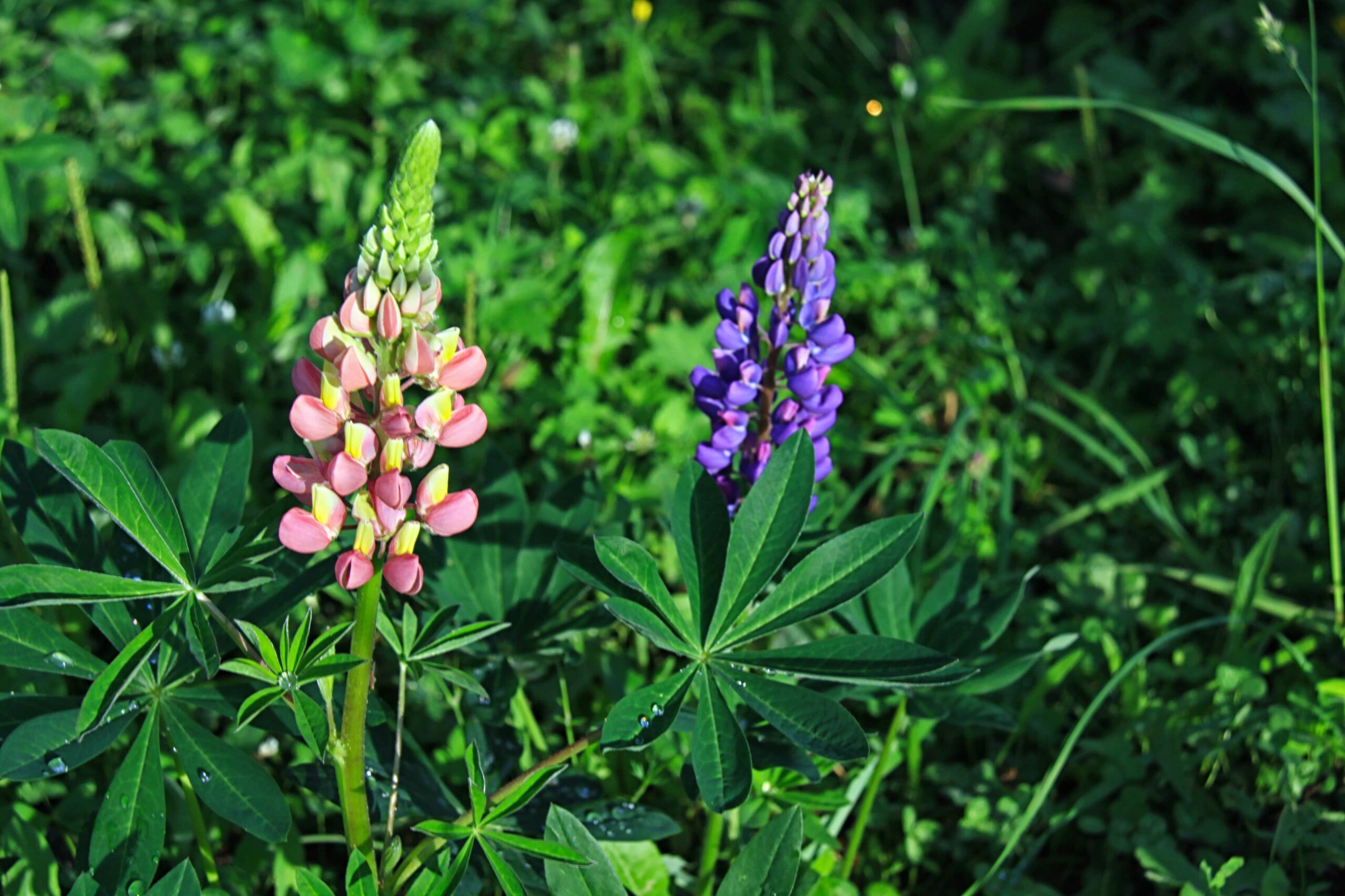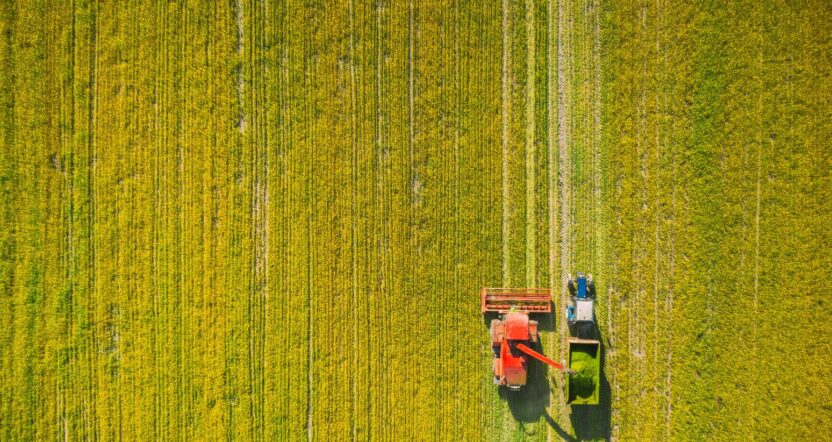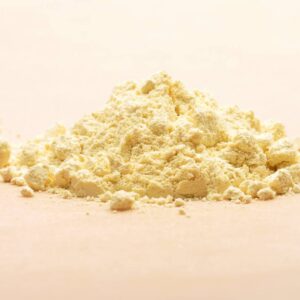Lupin cultivation has specific geographic concentrations, with production distributed across several continents. Here’s a comprehensive breakdown of global lupin production by region, complete with metrics and insights into cultivation patterns.
Major Production Regions
Australia
- Annual Production: 600,000-900,000 tonnes (leading global producer)
- Cultivation Area: Approximately 750,000-1,000,000 hectares
- Primary Species: Narrow-leafed lupin (Lupinus angustifolius), predominantly sweet varieties
- Key Production Regions: Western Australia (80-85% of national production), particularly the wheat belt
Key Insights:
- Australia has developed specialized sweet lupin varieties with low alkaloid content
- Primarily grown in rotation with wheat to improve soil nitrogen content
- Major exporter to global markets (approximately 70% of world lupin trade)
- Production fluctuates significantly based on seasonal rainfall patterns
- Research focus on drought-resistant varieties through organizations like CSIRO
European Union Production Metrics:
Production Metrics:
- Total EU Production: 150,000-200,000 tonnes annually
- Primary Producers: Poland (40,000-60,000 tonnes), Germany (25,000-35,000 tonnes), France, Italy, Spain
- Cultivation Area: Approximately 200,000-250,000 hectares across the EU
- Primary Species: White lupin (Lupinus albus), yellow lupin (Lupinus luteus), and some narrow-leafed lupin
Key Insights:
- Growing interest through EU protein crop initiatives to reduce soy imports
- Higher production costs compared to Australia due to smaller field sizes
- Significant research investment through programs like Horizon Europe
- Traditional consumption patterns in Mediterranean regions (particularly Italy and Portugal)
- Poland has emerged as EU’s largest producer, focusing on animal feed applications
South America
Production Metrics:
- Total Production: 100,000-130,000 tonnes annually
- Primary Producers: Chile (35,000-45,000 tonnes), Peru (30,000-35,000 tonnes), Ecuador, Bolivia
- Cultivation Area: Approximately 85,000-100,000 hectares
- Primary Species: Andean lupin (Lupinus mutabilis), known locally as “tarwi” or “chocho”
Key Insights:
- Ancient crop with over 6,000 years of cultivation history in Andean highlands
- Grown at elevations of 2,000-3,800 meters above sea level
- Traditional processing methods to remove alkaloids through water soaking
- Growing export market for traditional preparations
- Significant genetic diversity preserved in regional landraces
North America
Production Metrics:
- Total Production: 30,000-40,000 tonnes annually
- Primary Producers: Pacific Northwest USA (Washington, Oregon, Idaho), Canada (limited)
- Cultivation Area: Approximately 25,000-35,000 hectares
- Primary Species: Predominantly sweet white lupin (Lupinus albus)
Key Insights:
- Relatively new commercial crop, with growing interest for plant protein
- Research led by Washington State University and USDA
- Primarily grown as rotation crop in organic farming systems
- Emerging food applications in protein ingredients and flour
Russia and CIS Countries
Production Metrics:
- Total Production: 100,000-150,000 tonnes annually (highly variable)
- Primary Producers: Russia, Belarus, Ukraine
- Cultivation Area: Approximately 100,000-180,000 hectares
- Primary Species: Narrow-leafed lupin, yellow lupin
Key Insights:
- Significant year-to-year fluctuations based on agricultural policies
- Primarily grown for livestock feed applications
- Research centers in Belarus and western Russia focusing on lupin varieties
- Growing interest as a non-GMO alternative to soybean
Global Production Trends
Total Global Metrics
- World Production: Approximately 1.0-1.2 million tonnes annually
- Global Cultivation Area: 1.2-1.5 million hectares
- Primary Global Species: Narrow-leafed lupin (55-60% of production), white lupin (25-30%), yellow lupin (10-15%), Andean lupin (5%)
Production Growth Dynamics
- 15-20% increase in global cultivation area over the past decade
- Australia production exhibits highest volatility (±40% year-to-year variation)
- European production growing steadily at 5-7% annually since 2018
- Emergence of small-scale production in new regions (China, South Africa)
Regional Production Insights
Climate and Growing Conditions
- Mediterranean Climate Zones: Ideal for winter-sown lupin varieties (parts of Australia, Mediterranean Europe, Chile)
- Continental Climate Zones: Spring-sown varieties predominant (Poland, Germany, Russia)
- Highland Tropical Zones: Andean lupin thrives in high-altitude regions with cooler temperatures
- Water Requirements: Generally 400-600mm annual rainfall, with Australian varieties adapted to as low as 300mm
Agronomic Practices
- Rotation Benefits: 40-60kg/ha nitrogen fixation benefit to following crops
- Soil Preferences: Well-draining soils with pH 5.5-7.5 (species dependent)
- Yield Variations:
- Australia: 1.0-1.8 tonnes/hectare
- Europe: 2.0-3.5 tonnes/hectare (higher rainfall, smaller fields)
- South America: 0.8-1.5 tonnes/hectare (traditional systems)
- North America: 1.5-2.5 tonnes/hectare
Economic Factors
- Production Costs:
- Australia: $250-350 USD/hectare (large-scale, mechanized)
- Europe: $450-700 USD/hectare (smaller scale, higher input costs)
- South America: $200-300 USD/hectare (more manual labor)
- Market Prices:
- Feed-grade lupin: $250-400 USD/tonne
- Food-grade lupin: $600-1,200 USD/tonne
- Organic certified: Premium of 30-50%
Emerging Production Regions
China
- Current Production: Estimated 10,000-15,000 tonnes annually
- Growth Potential: Significant interest in north-central regions
- Key Focus: Protein self-sufficiency initiatives and crop diversification
Eastern Africa
- Current Production: Small-scale cultivation in Ethiopia and Kenya
- Primary Species: White lupin varieties
- Traditional Uses: Local food preparations in Ethiopian highlands
- Development Interest: Potential for expansion through NGO-supported initiatives
New Zealand
- Current Production: Approximately 5,000 tonnes annually
- Growth Focus: Organic production systems
- Market Orientation: High-value food ingredient applications
Production Challenges and Opportunities
Key Challenges
- Yield Stability: High susceptibility to drought during flowering period
- Disease Management: Anthracnose and phomopsis stem blight affect production
- Market Development: Limited processing infrastructure in emerging regions
- Consumer Awareness: Low recognition outside traditional consumption areas
Strategic Opportunities
- Climate Resilience: Growing interest in drought-tolerant rotation crops
- Protein Transition: Increasing demand for plant protein ingredients
- Soil Health Markets: Carbon sequestration and regenerative agriculture applications
- Novel Food Applications: Emerging interest in lupin-based dairy alternatives, pasta, and baked goods







